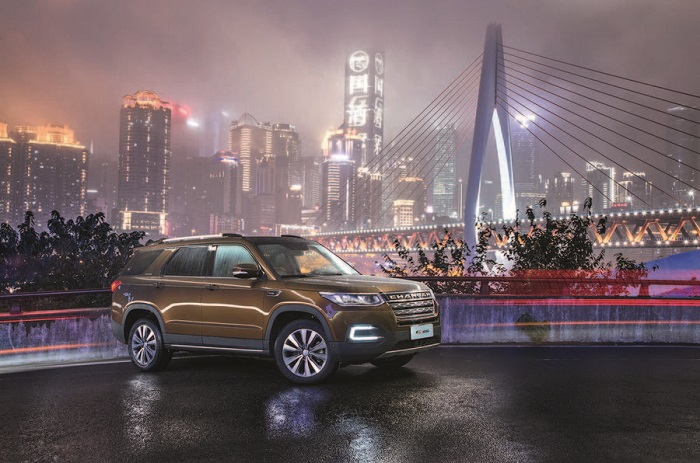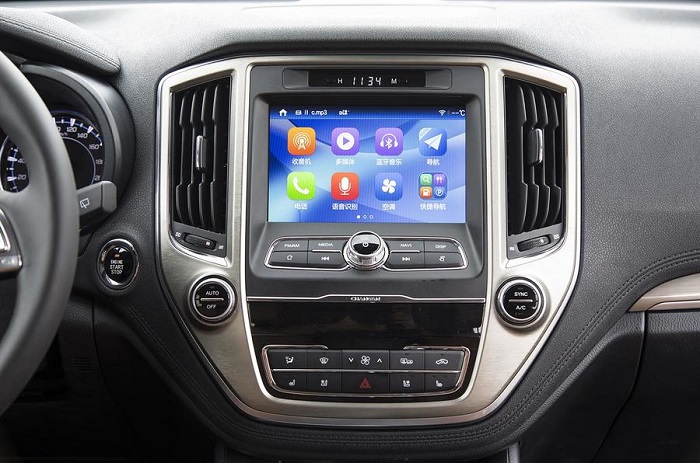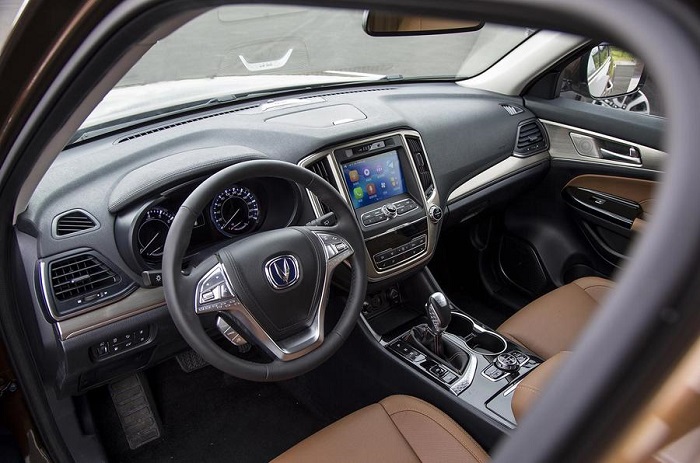Europe had better start getting used to Chinese car makers muscling in. Julian Rendell visits Changan, a car giant tipped for overseas growth.
Much of Chongqing’s automotive focus is Changan, a state-owned enterprise that has built cars since 1959, starting with a military truck modelled on the World War II US Jeep. Today, its range has expanded to 17 Changan-badged models, including an electric vehicle, and output is around one million a year from seven assembly plants and one engine factory. But Changan also has joint ventures with Ford, Peugeot and Suzuki, taking annual output to three million.

Recently, Changan has benefited from huge investment; its factory in Liangjiang, outside Chongqing, the centrepiece of an industrial ‘cluster’ has been boosted by a colossal £60 billion of investment. The clearest evidence of this investment are Changan’s two newest models, which are both high-riding SUVs: the five-seat CS55 on sale in China since July and the seven-seat CS95 from November last year.
Both have been engineered in China but with considerable input from engineering and design centres in the UK, the US and Italy. Changan is much more than a local enterprise, even if today its cars are largely focused on the domestic market.
"We have really put everything we know into the two new SUVs,” says Gordon Cook, Changan’s head of vehicle integration, "and we’ve really got the cars working well.”
Previously, the Briton was involved in honing the handling of Ford Europe’s range up to the previous generation of the Fiesta, before moving to Changan’s Ford joint venture and then to the parent firm.

There’s a significant Ford theme running through Changan. Head of safety Hui Zhao, an American-Chinese, used to work at Ford’s Dearborn safety centre.
Today, staffers such as Cook are implementing Ford doctrines on ride and handling, and the benefits can be felt in the road manners of the two SUVs, which bear comparison with better-known models.
But it’s still a mystery whether Changan will launch its models in the UK. We asked sales and marketing boss Yang Jie and he batted the question away with a smile
and offered answers that were less than illuminating. Despite his promises to fill in the detail later, the information was never clearly communicated.
His clearest answer was this: "Britain and Europe are where we want to go, but we are concentrating on the domestic market. We have a target to be number one in China and then we will go to Europe.”

Another source suggested the US is the first target market, with a launch date of 2025 pencilled in and Europe following in 2028. But given the pace of development at Changan and its incredibly short, four-year model cycles, this feels a lazy timeline for a company developing at such a pace. Given the strong level of technical competence exhibited by the CS55 and CS95 now, it feels more sensible that the next-generation models after 2021 could be engineered ready for either the US or Europe.
Changan managers and engineers are well aware that its powertrain strategy won’t get it very far in Europe, being held back by a lack of diesel engines. The two-tonne CS95 SUV, for example, is powered by a turbocharged 2.0-litre petrol unit understood to average around 30mpg in Chinese driving conditions. Trying to sell this model against rivals with 40-50mpg diesels would be tough.

As far as we could discover, Changan has no plans to develop a new range of diesel engines. That’s unsurprising. Europe is the only global market where they sell in volume and the political shift against oil-burners makes that strategic move unappealing.
More likely for Europe is a new range of plug-in hybrid petrol engines currently in development. A 1.0-litre four-cylinder petrol hybrid will power smaller saloons and
SUVs in the home market, but more applicable to the UK is a 1.5-litre petrol plug-in using the same Blue Core engine as in the CS55. There’s no word on whether these would be series or parallel hybrids, but the fact that they are plug-ins at least suggests they use the latest in lithium ion battery technology.
A tour of Changan’s crash safety centre revealed that work is already in progress on the impact safety of lithium ion battery packs in a full range of the three main global safety standards: Chinese, European and US. That’s a strong indication of Changan’s global ambitions. A compact battery electric saloon is already on sale in China.
Source: autocar.co.uk
Latest News


